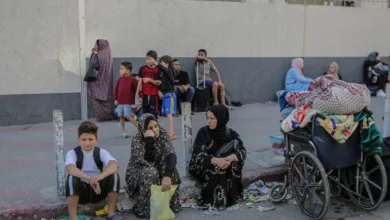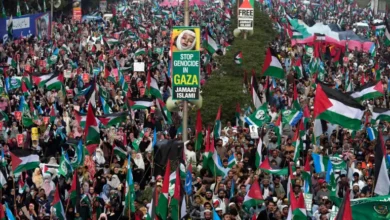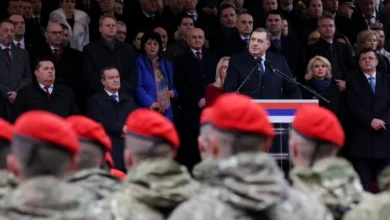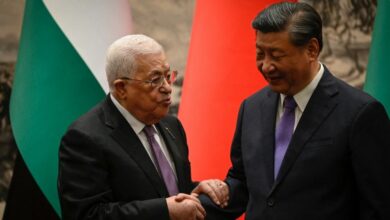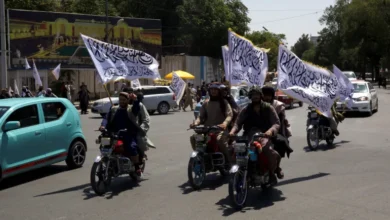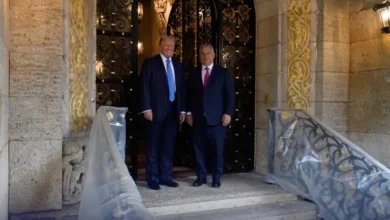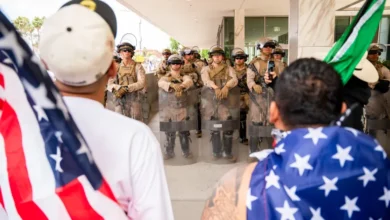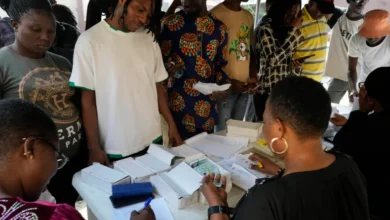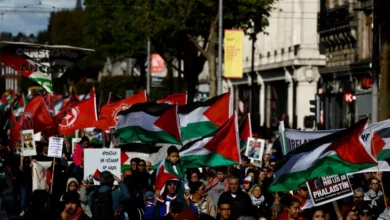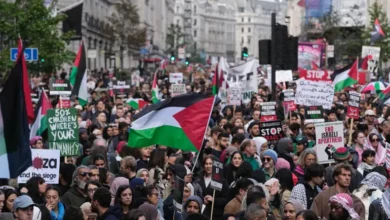In Rafah, the final – and most deadly – stage of this genocide is upon us
Ghada Ageel
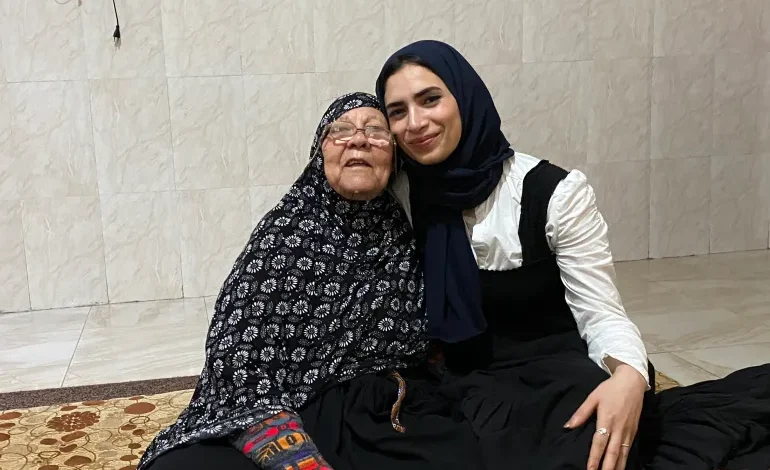
For many years, every time I travelled to Gaza to visit my family, I passed through the Rafah crossing, the border between the besieged Gaza Strip and Egypt. And every time I took a breath in the border city of Rafah, I was reminded of my sister Taghreed’s words: “I am inhaling the scent of the history of my land.” Her eyes would glow with pride every time she talked of Rafah, and I share the sentiment.
The history of this corridor spans thousands of years, a testament to the rich history of Palestine and its people. For millennia, Rafah has been a resting place and a trade hub for caravans from across Palestine travelling towards the Sinai Peninsula and onwards to Egypt and Africa.
Today, a genocide is unfolding in this ancient, precious city. As I witness this genocide from afar and fear what the threatened Israeli invasion would mean for the hundreds of thousands of displaced Palestinians forced to take shelter there, I feel like I am one of those powerless souls who recognised what was happening in Srebrenia or the Warsaw Ghetto, tried to raise the alarm but couldn’t do anything to avert the tragedy as the world had already decided to turn a blind eye to the impending massacre of innocents.
Since the beginning of this latest war on Gaza, every new phase in the Israeli onslaught has inflicted more suffering, pain and death on the civilian population. Displaced many times over, those who are now in Rafah have nowhere else to go. The invasion of Rafah would thus be the last, and the most deadly phase of this genocide – the first genocide in human history that has been broadcast live to the world.
Sadly, this is not the first time beautiful Rafah has become the background to crimes against humanity. The border city’s recent history is a wound kept open by constant violence. The majority of Rafah’s residents, like most cities in Gaza, are the descendants of those displaced during the 1948 Nakba while others are the survivors of a 1956 massacre and the many other Israeli aggressions that came after.
My 89-year-old aunt Rayya, a refugee from Barqa village, which was destroyed by Israel in 1948, has been witness to decades of massacres, violence and oppression in this city.
In 1956, during the tripartite aggression involving Britain, France and Israel, also known as the Suez Crisis, Israel occupied the Gaza Strip for about four months, perpetrating horrifying massacres in both Khan Younis and Rafah.
On November 2, when the Israeli military occupied Khan Younis and ordered males aged 16 and older to come out and present themselves at points across the city, my aunt was there visiting family. Then a 22-year-old newlywed, she witnessed the Israeli military line those men and boys up against walls and massacre them over the course of two days.
My aunt eventually decided to leave the family home with her sister’s family in search of safety. They walked to the beach in Khan Younis and sought refuge under the trees. They ate anything they could find and dug holes in the ground to sleep, find clean water and use as a toilet. Despite the surrounding danger and the continuous sound of bombardment, Rayya, fearing for the safety of her husband, made the difficult decision to continue her journey on to Rafah.
Upon her arrival, Rayya realised that there had been yet more executions across Rafah. She could not find her husband anywhere. For days, she grappled with the harrowing uncertainty of his fate. Fortunately, her husband had survived that particular wave of violence. He later died during the occupation of Gaza in 1967, killed by the Israeli army while travelling along the beach from Khan Younis to Rafah.
